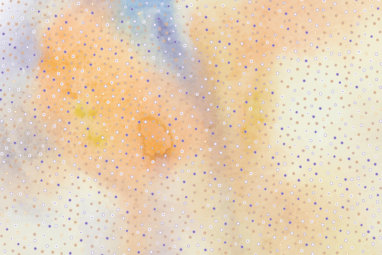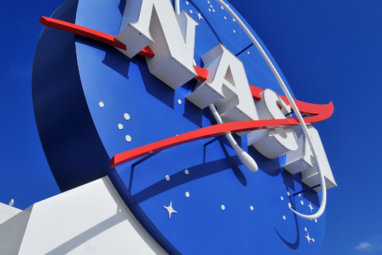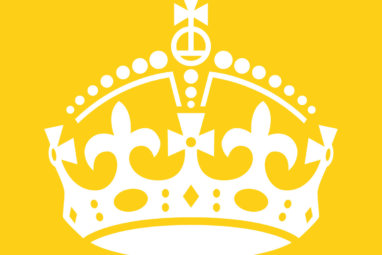
AI & Machine Learning
The Best of This Week
Looking back on disruptive innovation theory and preparing for smarter crowdsourcing.


Looking back on disruptive innovation theory and preparing for smarter crowdsourcing.

In an Q&A with a longtime collaborator, Christensen offered reflections on his influential work.

Christensen’s Theory of Disruptive Innovation offers insights in an age of big data and tech growth.

Fintech adoption carries threats as well as opportunities. Managers’ decisions must evaluate both.

Lessons on how to balance efficiency and innovation from NASA’s rebel innovators.

When it comes to competing on innovation for companies, imitation rarely works.

In a fast-changing business landscape, it pays to spot digital trends early and prepare to adapt.

It’s time to embrace the idea that companies can create without destroying.

A new survey reports companies are now seeing a direct correlation between big data and AI success.

A major economic shift is happening — from the experience economy to the coherence economy.

China continues to be the best place to go to learn how to make ideas commercially viable.

The synergism of Big Data and artificial intelligence holds amazing promise for business.

What’s happening this week at the intersection of management and technology.

What’s happening this week at the intersection of management and technology.

The key lessons from Kodak’s failure to adapt to digital disruption aren’t what you think they are.

The success of mobile money pioneer M-Pesa shows how addressing sustainability issues opens new opportunities.

Three experts provide their responses to the article “How Useful Is the Theory of Disruptive Innovation?”

Businesses are averting disruption by beating their new competition, joining them, or waiting them out.

The Fall 2015 issue of MIT SMR highlights two themes: developing tomorrow’s leaders, and disruption.

How well does Clayton M. Christensen’s theory describe what actually transpires in business?